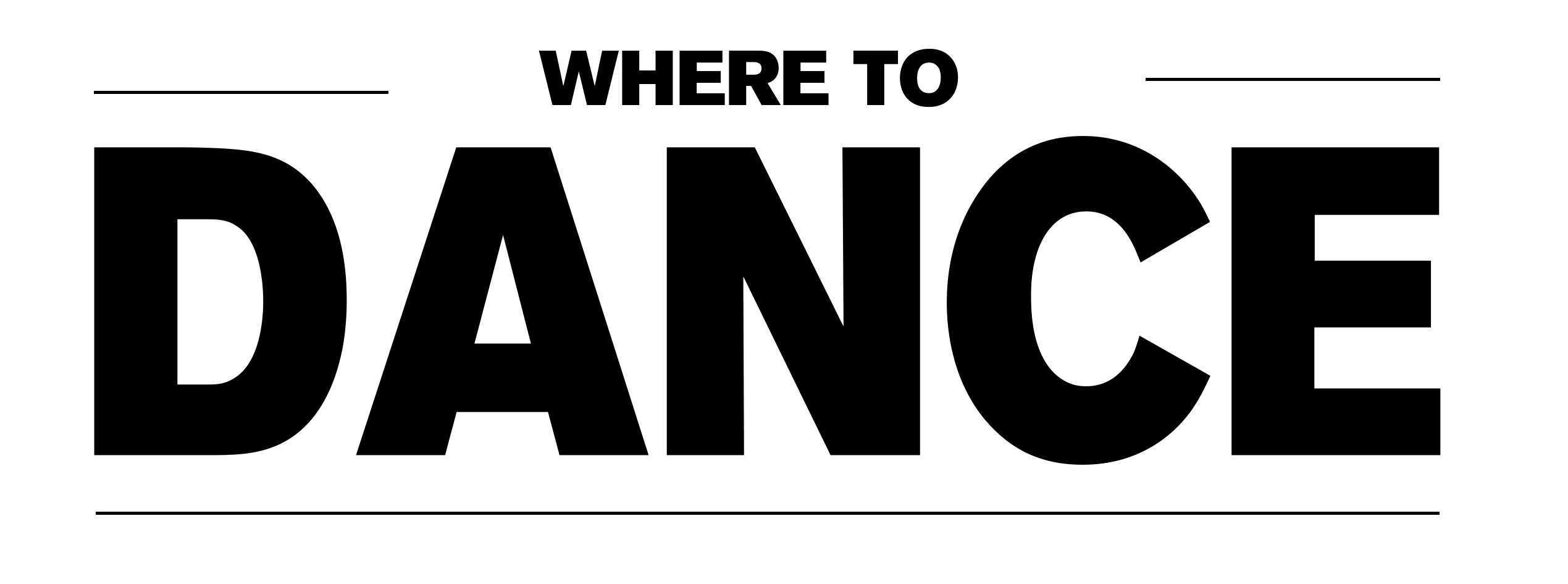Dance Style - Maori Haka
Maori Haka: The Powerful Expression of Aotearoa's Indigenous Culture
The Maori Haka is a traditional war cry, dance, or challenge from the Maori people of New Zealand. It has gained worldwide recognition for its intensity and cultural significance.
Origins and Historical Significance
The Haka has its roots in Maori legends and history. Traditionally, it was performed by warriors before a battle, proclaiming their strength and prowess in order to intimidate the opponent.
Components of the Haka
A typical Haka includes vigorous movements, stamping of the feet, rhythmic body slapping, and loud chanting. Facial expressions, such as the protruding of the tongue and the widening of the eyes, are significant features.
Variations of Haka
There are various forms of Haka for different occasions, including war, celebrations, and welcoming guests. The 'Ka Mate' Haka and the 'Kapa O Pango' Haka are among the most renowned.
Cultural and Emotional Expression
The Haka is not just a dance but a powerful expression of a collective emotion, used to convey passion, vigor, and identity. It is deeply emotional and symbolic.
Global Recognition
The Haka gained international fame through New Zealand's national rugby team, the All Blacks, who perform it before their matches, showcasing Maori culture on a global stage.
Modern Uses and Adaptations
Today, the Haka is performed at various events, from cultural festivals to sports events, and has been adapted in contemporary Maori performances, retaining its essence while evolving.
Cultural Respect and Preservation
As the Haka has become more prominent globally, efforts to preserve its authenticity and respect its cultural significance have intensified, ensuring it remains a proud symbol of Maori heritage.
Impact and Legacy
The Haka continues to be a powerful symbol of New Zealand's indigenous culture, reflecting the strength, unity, and resilience of the Maori people.
